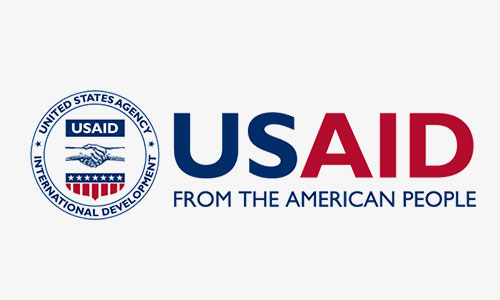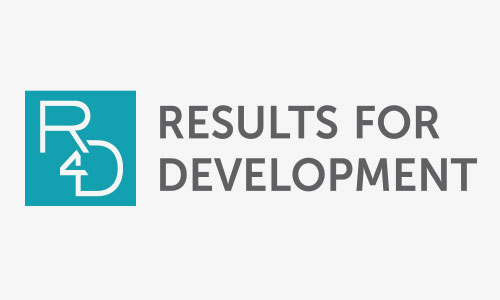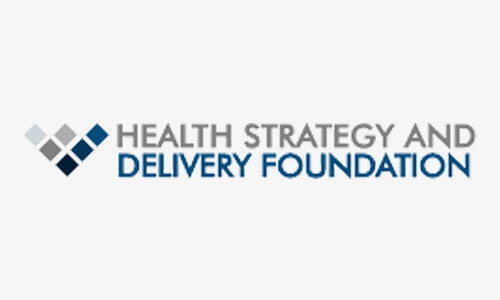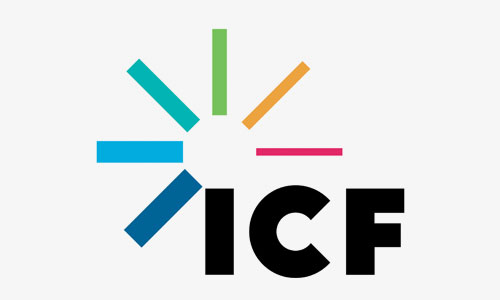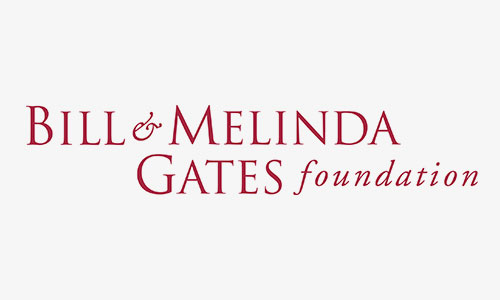Author: Leah List, Senior Program Associate, Results for Development
The Accelerator launched a series of co-creation sessions on May 29th designed to develop a shared vision and identify concrete pathways to strengthen the ecosystem for health policy and systems research (HPSR) in Asia. The series follows a landscaping analysis that explored the important role of health policy and research institutions (HPSRIs) in generating evidence, and the need to build their capacity to translate evidence into policy and practice. Over the course of six sessions, HPSRIs and learning platforms have strengthened their collaboration and identified promising models to enhance HPSR in the region to accelerate health systems strengthening.
What is your vision for a stronger health policy and systems research ecosystem in Asia? Policymakers, private sector actors, HPSRIs, and other stakeholders might answer that question differently, but each is an essential actor. In particular, HPSRIs can play a role not only in generating the evidence but translating it into policy. More than 50 participants from HPSRIs, learning platforms and institutions and development partners active in the Asian region participated in the first two sessions of the Accelerator’s co-creation series to explore the role of HPSRIs in the evidence-to-action cycle, the challenges they face, and how learning platforms can support them.
Here are our top takeaways:
The diversity of HPSRI models means challenges are varied
While HPSRIs may share common overarching challenges, their institutional design, whether academic, public, or private, influences their missions and objectives, requiring solutions specific to their context. “We are trying not to generalize,” Leizel Lagrada, a Fellow at Results for Development, said while facilitating the first session of the series. “But find ways to collaborate [across a wide-range of different contexts] to support health systems strengthening.”
In the first session, participants considered how HPSRIs acted within their unique health ecosystems. Three HPSRI representatives from Afghanistan, India, and Philippines shared how their varying models presented both unique opportunities to contribute to health systems strengthening and distinctive challenges influencing evidence uptake.
HPSRIs embedded in government institutions, such as the Department of Health in Philippines, allow researchers to work closely with decision-makers through internally led policy dialogues. At the same time, they have less agency to set their own research priorities. “Research is dear to me, and I would support research in general,” said Dr. Gloria Nenita Velasco. “But our core audience is policymakers. We advocate for them to use the evidence they request.”
Still, publicly funded HPSRIs often benefit from a more reliable stream of funding than private organizations. Even when countries have sufficient health sector funding available, capacity building for HPSRIs may not be prioritized, making it challenging to access needed resources. This has made it difficult for HPSRIs in Afghanistan to “make an impact in terms of policy-making or setting the [national] research agenda” explained Dr. Ahmed Javed Rahmanzai of Emerging Leaders Consulting Services in Afghanistan
Though it is important for private HPSRIs to diversify funding, they also need to be selective about the types of funding they accept as the funding source not only impacts their research but how the evidence they generate may be received. There is a mandate said Dr. Javed-Rahmanzai for his organization to maintain ethical standards and “reflect the voices of the community to the policymakers.”
The complexity and size of the ecosystem HPSRIs operate in is another important factor. Organizations like ACCESS Health International in India are supporting efforts to bring together large swathes of HPSR stakeholders from academic institutions to civil society, health practitioners to consultants in a network model. “It offers a lot of opportunities,” said Dr. Maulik Chokshi, “but it also requires a lot of effort” especially as priorities for these stakeholders are not static.
Training programs and learning platforms need to employ a variety of solutions to effectively address challenges
A multiplicity of views means solutions to common challenges need to be flexible. It also means there is no linear path to improving evidence uptake. Doing so requires an understanding of complex social dynamics and the ability to develop and present a diverse array of approaches. Session 2 spotlighted a few innovative approaches training programs learning platforms have utilized to help HPSRIs understand and act effectively within their contexts.
Platform representatives reiterated the value of bringing research institutions, policymakers, and technical experts together. “On the HPSRI side, it helps us understand how policymakers think about the research,” shared Dr. Ravi Rannan-Eliya while describing the reasoning behind the Asia-Pacific Network for Health Systems Strengthening (ANHSS) flagship course’s main modality focusing on translating HPSRI research to implementers. The course was established with funding from the World Bank and USAID to help regionalize the World Bank’s Global Flagship Course on Health Systems Strengthening. The design of ANHSS’s main modality helps implementers develop an awareness of how evidence can be used and often has a beneficial knock-on effect of building relationships between HPSRIs and policymakers.
There is also value in bringing these actors together outside of training contexts whether through collaborative networks like the Joint Learning Network for Universal Health Coverage (JLN), which has historically focused on peer-learning between policymakers and government practitioners or partnership platforms like P4H. Participants agreed that capacity strengthening should not be limited to short-term training programs. During the session, the Nossal Institute highlighted the importance of collaborating with partners on long-term research and policy programs.
Like HPSRIs, these platforms’ initiatives are also affected by the types of funding available. These funding sources influence the target participants for the platforms, often prioritizing government actors. This has had the unintended consequence of leaving HPSRIs out of some platform opportunities. The Asia Pacific Observatory on Health Systems and Policies envisions changing the way the HPSR ecosystem is funded, reducing dependence on international funding and global platforms. “The work we’ve done shows that as funding moves from international to national, more relevant questions for the country become obvious,” explained Dr. Nima Asgari-Jirhande. “Shifting international funding to national funding is one of our key criteria [for a stronger HPSR ecosystem].”
Efforts to shift to national funding may be supported by developing more effective monitoring and evaluation methodologies as platforms often struggle to communicate their long-term impact and value. The success of these programs ultimately depends, as Dr. Oanh Tran Mai of the Health Strategy and Policy Institute in Vietnam, said in the closing, on the platform’s ability to “be in line with country needs and fill country gaps.”
A vision of a country led HPSR
“It’s important that learning platforms demonstrate their value and why the knowledge ecosystem is important for country success,” said Dr. Somil Nagpal from the World Bank, underscoring the importance of continuous learning and adaptation. This point was later echoed in the vision for a stronger HPSR participants shared leading up to the third session. These responses commonly included a vision of a country-led and domestically funded HPSR, with participants emphasizing achieving it would require a robust network of HPSRIs that reflect the diversity of the ecosystem they work in and anticipate rather than react to the system’s needs. “Successful HPSRIs know the questions that will be coming up,” stressed Dr. Vivian Lin of the University of Hong Kong. “This understanding allows them to be proactive in their research.” This vision would be supported by an enabling landscape for research institutions where HPSRIs would work directly with policymakers to frame policy problems and link them directly to improving health outcomes.
In subsequent sessions, participants continued to build on and refine this shared vision, working together to develop promising models for achieving it.
You can follow this process here. Check back soon for an update on how the co-creation series concluded.
